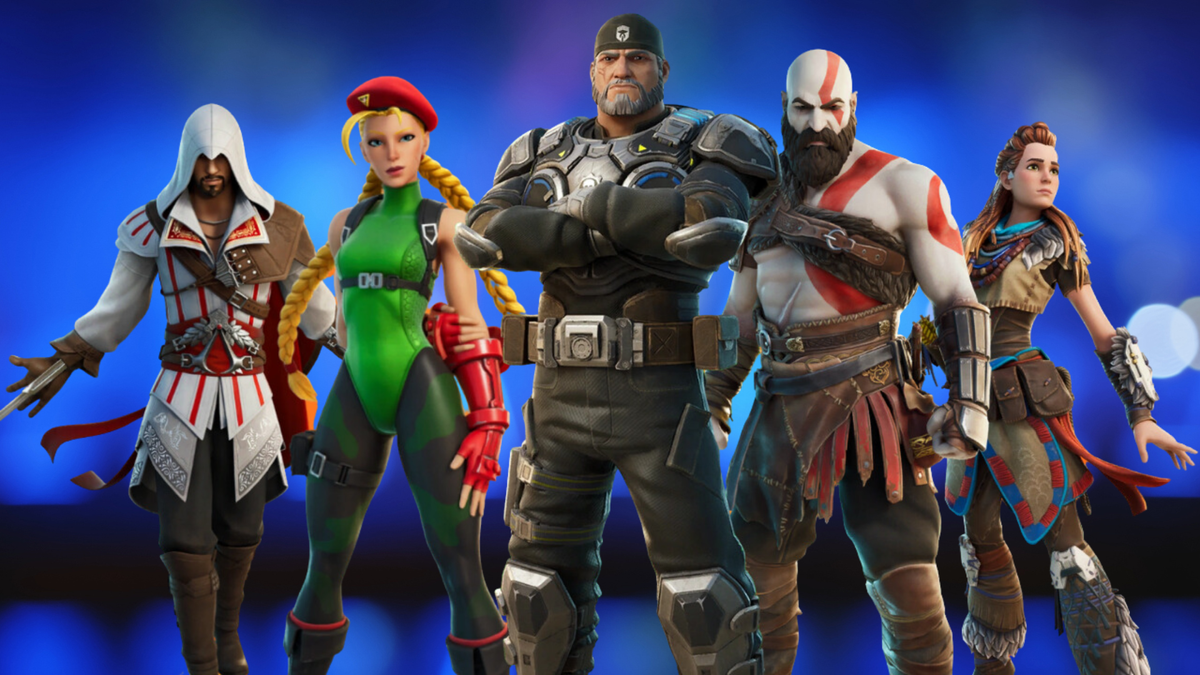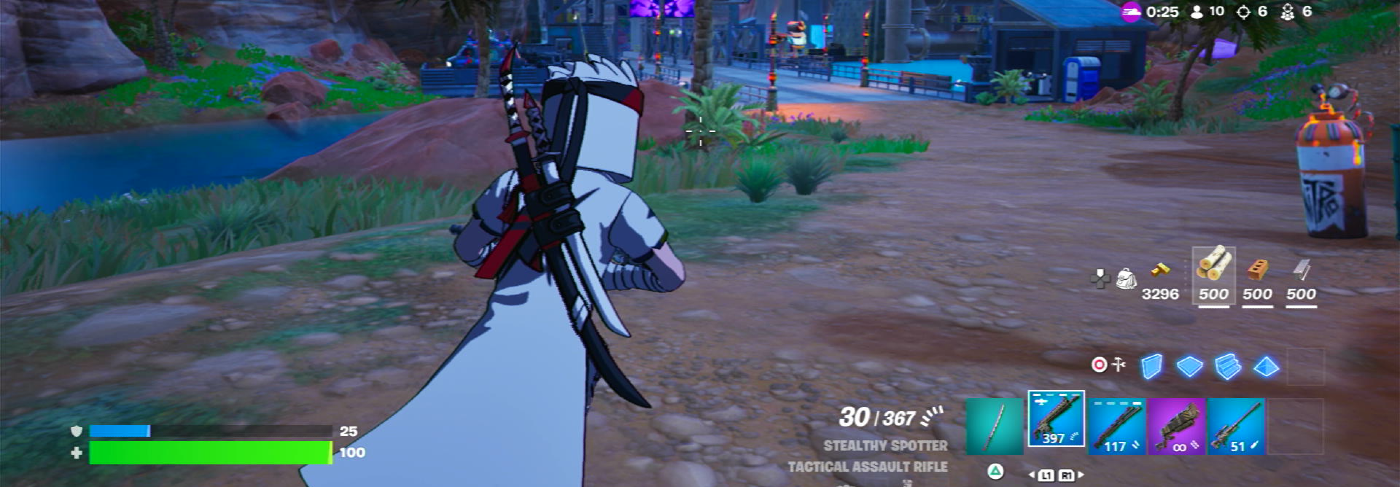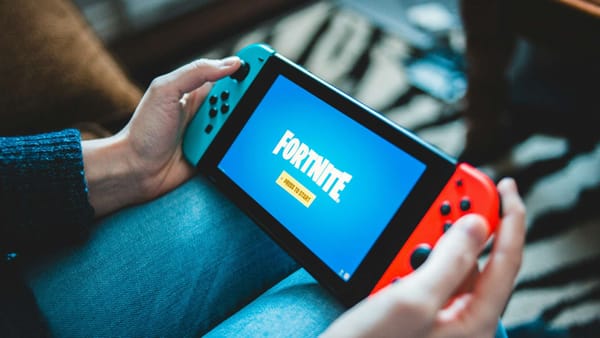How many skins are in Fortnite?
Discover the evolution of Fortnite skins, highlighting iconic designs, collaborations, and their impact on player engagement.

Fortnite, the wildly popular battle royale game developed by Epic Games, has taken the gaming world by storm since its release in 2017. One of the most captivating aspects of Fortnite is its vast array of character skins, which allow players to customize their in-game appearance. These skins range from simple recolors to elaborate, themed outfits that transform characters into everything from banana-suited agents to cyberpunk warriors.
The sheer number of skins available in Fortnite is staggering, with new additions constantly being released through various means such as the Item Shop, Battle Pass rewards, and special events. This constant influx of new skins has made Fortnite not just a game, but a cultural phenomenon, with certain skins becoming highly sought after and even influencing fashion trends in the real world.
However, pinpointing the exact number of skins in Fortnite at any given moment is a challenging task. The game's dynamic nature, with its frequent updates and limited-time offerings, means that the total count is always in flux. In this article, I’ll explore the world of Fortnite skins and will break down the different types available to let you know how many skins exactly exist in this ever-expanding virtual wardrobe.
The Evolution of Fortnite Skins

1. Early Days: Season 1 and 2
When Fortnite Battle Royale launched in September 2017, the selection of skins was relatively limited. The game started with a handful of default characters and a few purchasable skins. Season 1 introduced the concept of the Item Shop, where players could buy skins using V-Bucks, Fortnite's in-game currency.
Season 2 marked a significant milestone with the introduction of the Battle Pass system. This feature allowed players to unlock skins and other cosmetic items by progressing through tiers, either by playing the game or purchasing tier upgrades. The Battle Pass system dramatically increased the number of skins available to players and became a core feature of Fortnite's monetization strategy.
2. Explosive Growth: Seasons 3-10
From Season 3 onwards, the number of skins in Fortnite began to grow exponentially. Epic Games started introducing more elaborate and themed skins, often tied to pop culture references, holidays, or original concepts. This period saw the introduction of now-iconic skins like John Wick, Marvel superheroes, and various holiday-themed characters.
Each season typically introduced around 7-8 Battle Pass skins, along with numerous Item Shop skins. Special events and collaborations further expanded the skin roster. By the end of Chapter 1 (Season 10), the number of skins in Fortnite had grown to several hundred.
3. The New Chapter: Chapter 2 and Beyond
Chapter 2 of Fortnite, which began in October 2019, continued the trend of rapid skin releases. Epic Games further innovated by introducing customizable skins, such as the "Maya" skin in Chapter 2, Season 2, which allowed players to create a unique look from millions of possible combinations.
The collaboration with major brands and franchises also intensified during this period, bringing in skins from popular series like Star Wars, DC Comics, and even real-world celebrities and athletes. These collaborations not only added to the total skin count but also significantly boosted Fortnite's cultural impact.
Types of Skins in Fortnite

1. Battle Pass Skins
Battle Pass skins form the core of each season's offerings. Typically, each Battle Pass includes 7-8 unique skins, often with additional styles or customization options. These skins are usually themed around the season's overall concept and can only be obtained by purchasing and progressing through the Battle Pass during that specific season.
2. Item Shop Skins
The Item Shop is Fortnite's digital storefront, refreshed daily with a rotating selection of skins and other cosmetic items. Item Shop skins can range from uncommon (costing 800 V-Bucks) to legendary (costing 2,000 V-Bucks). Some skins return to the shop regularly, while others may be rare appearances or one-time offerings.
3. Promotional and Exclusive Skins
Fortnite often offers exclusive skins through various promotions or partnerships. These can include:
- Console bundle skins (e.g., exclusive PlayStation or Xbox skins)
- Starter pack skins available for purchase with real money
- Skins obtained through real-world purchases (e.g., Fortnite action figures with skin codes)
- Tournament reward skins for competitive players
4. Collaborative and Crossover Skins
Collaborations with other brands, franchises, and celebrities have become a significant source of new skins in Fortnite. These have included:
- Superhero skins from Marvel and DC Comics
- Movie and TV show character skins (e.g., Stranger Things, John Wick)
- Music artist skins (e.g., Travis Scott, Marshmello)
- Video game character skins from other popular titles
Estimating the Total Number of Skins

As of May 2024, Fortnite has an impressive collection of 1910 skins. This diverse assortment features various types and rarities, including Original, Licensed, Special Event, and Battle Pass skins. However, it's important to note that this estimate includes all skins ever released, including those that may no longer be available for purchase or unlocking. The actual number of skins available to a player at any given time would be lower, depending on their purchase history and Battle Pass progression.
Battle Pass Skins
With approximately 7-8 skins per Battle Pass and over 20 seasons (including Chapter 1 and Chapter 2), Battle Pass skins alone account for around 150-160 skins.
Item Shop and Promotional Skins
The Item Shop has introduced hundreds of skins over the years. Including promotional and exclusive skins, this category likely contributes over 1,000 skins to the total count.
Collaborative and Crossover Skins
Collaborations have added significantly to the skin count, with some estimates suggesting over 100 crossover skins from various franchises and brands.
Conclusion

In conclusion, the evolution of Fortnite skins showcases the game's adaptability and creativity, transforming a simple cosmetic feature into a powerful aspect of its identity and culture. With a staggering total of 1,910 skins as of May 2024, the diversity and vibrancy of these character options reflect the ongoing engagement of players.
From original designs to iconic collaborations, each skin not only enhances gameplay but also connects players to broader cultural phenomena. As Fortnite continues to expand its universe, players can anticipate an even greater variety of skins that cater to all tastes and preferences. Ultimately, Fortnite's innovative approach to skins ensures that its virtual wardrobe will keep growing, keeping players excited and invested in their in-game appearances.





